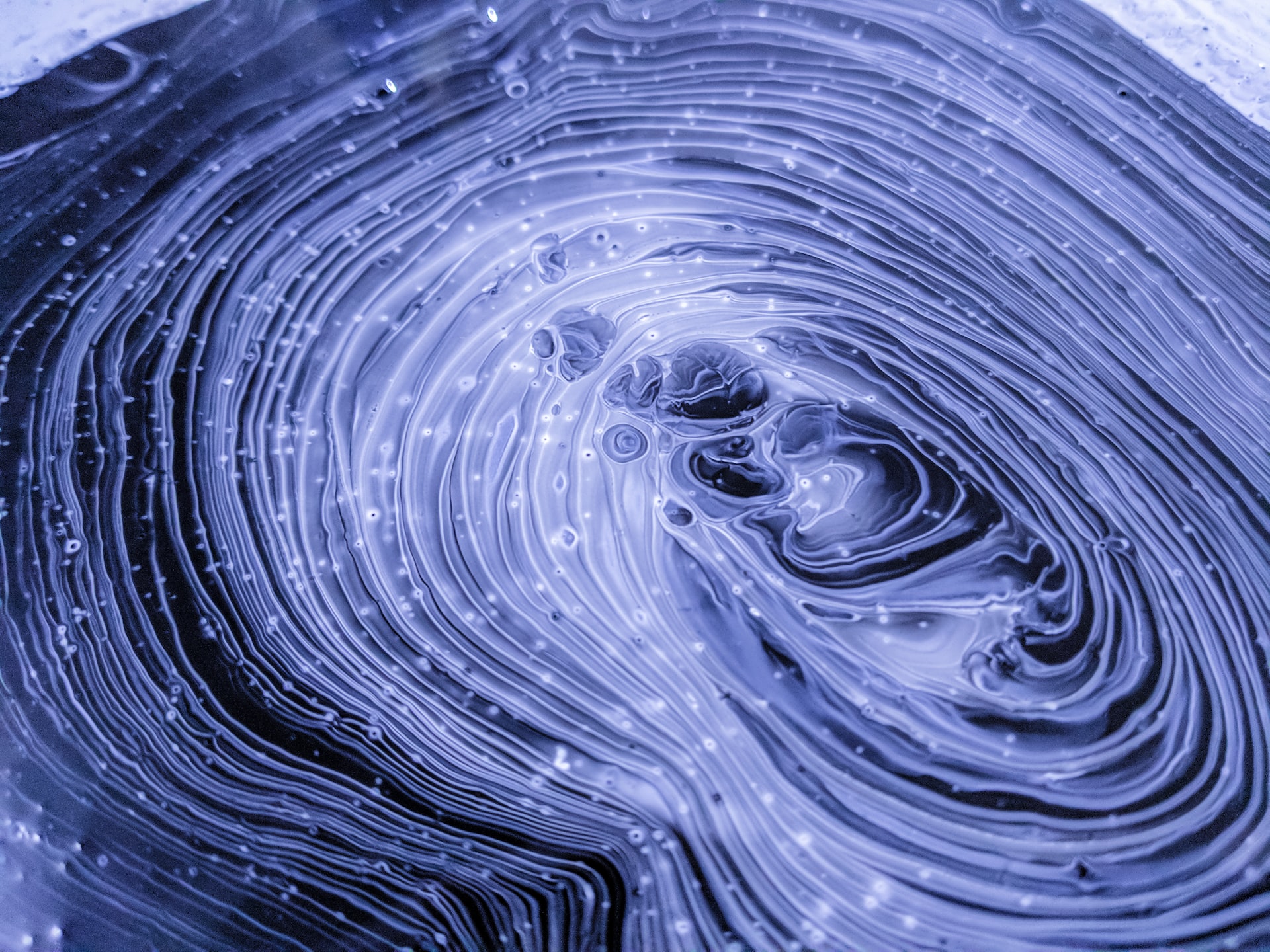Why do some people get more moles as they age
As we get older, many people notice that they have more moles on their skin than they did when they were younger. This can be surprising, especially if you thought moles only appeared in childhood or during the teenage years. But why does this happen? Here’s a simple explanation.
**What Are Moles?**
Moles are small, usually dark spots on the skin caused by clusters of pigment-producing cells called melanocytes. Most people have at least a few moles by the time they reach adulthood.
**Why Do New Moles Appear as We Age?**
There are several reasons why some people develop new moles later in life:
– **Sun Exposure:** Spending time in the sun without protection can trigger your skin to produce more pigment cells, leading to new moles or changes in existing ones[1][5].
– **Hormonal Changes:** Hormones play a big role in how our skin behaves. During puberty and pregnancy, for example, it’s common for new moles to appear or for existing ones to change color or size[2][5]. Even as adults, hormonal shifts can still cause mole development.
– **Genetics:** If your parents or close relatives have lots of moles, you might be more likely to develop them too[1][5].
– **Aging Process:** As we age, our skin goes through many changes. Sometimes this includes the appearance of new spots or growths that weren’t there before[3].
**Are All New Moles Cause for Concern?**
Not every new mole is dangerous. Many are harmless and just part of normal aging and genetics[3][5]. However, it’s important to keep an eye on any mole that looks different from others—especially if it changes quickly in size, shape, color, or texture.
**When Should You See a Doctor?**
You should see a dermatologist if:
– A mole appears suddenly after age 30
– An existing mole starts changing rapidly
– A mole bleeds, itches, hurts
– The border is irregular (not smooth)
– The color is uneven
Regular self-checks and annual skin exams with a professional can help catch any problems early.
**In Summary**
Getting more moles as you age is often normal and influenced by sun exposure, hormones (like during puberty), genetics (family history), and natural aging processes[1][2][3]. While most are harmless—and some may even fade over time—it’s always wise to monitor your skin for any unusual changes so you can stay healthy and safe.





